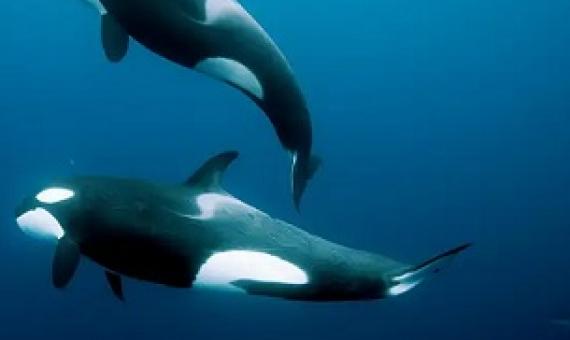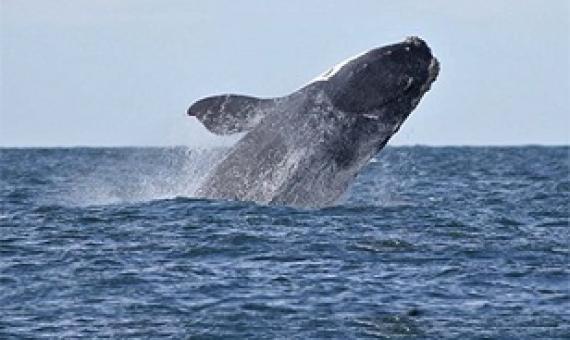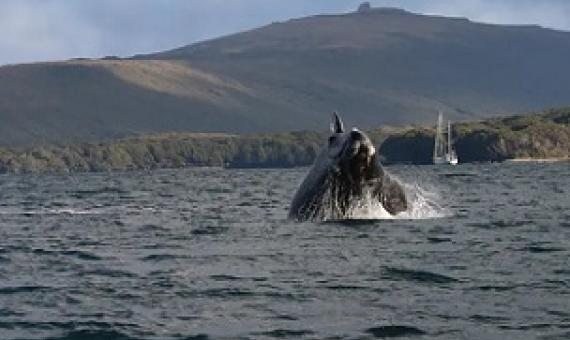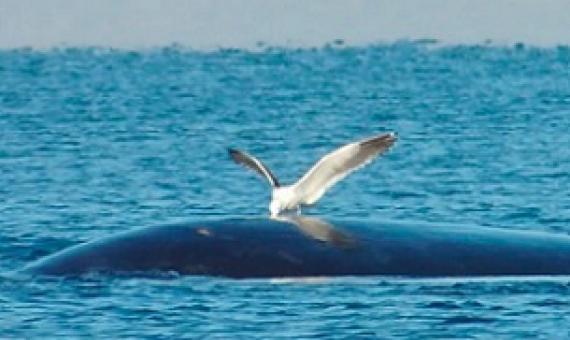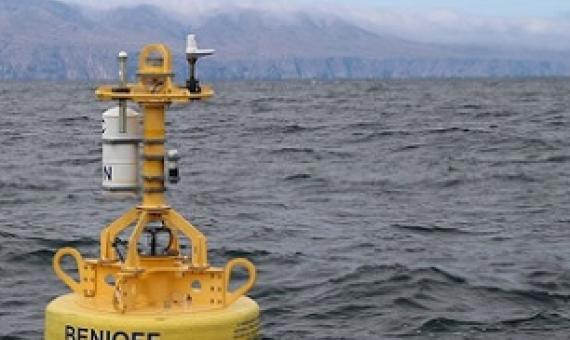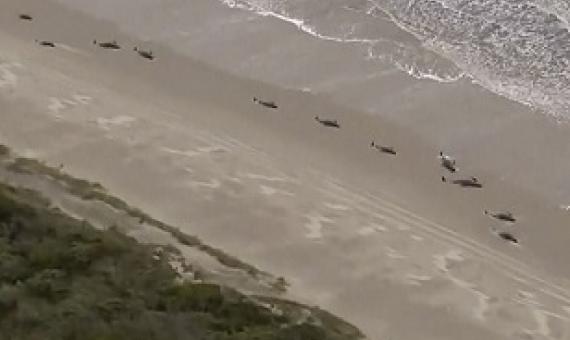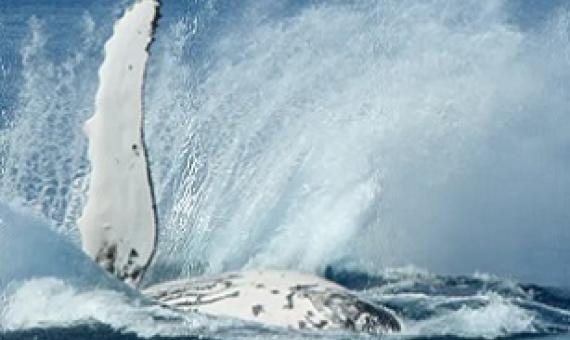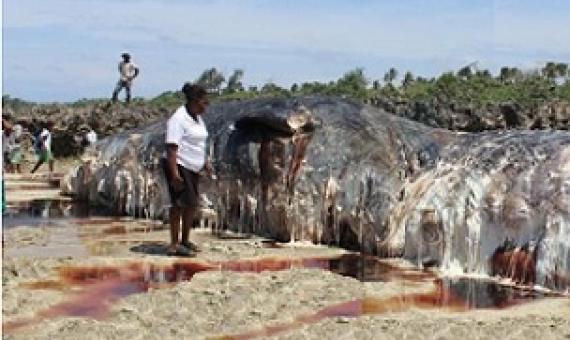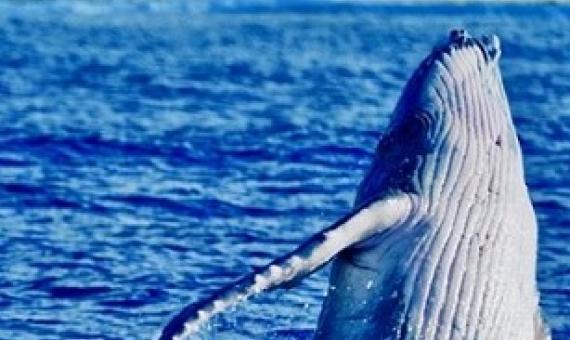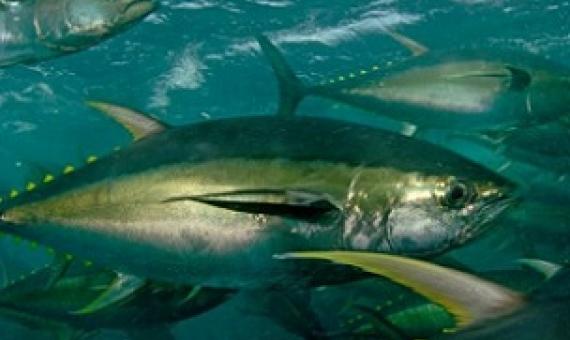Humans are often implicated in orca deaths. Now a team that looked at how orcas in the Pacific Ocean died has linked some deaths with human activity. Despite commonly being called killer whales, orcas are actually dolphins.
Multiple conservation and wildlife protection groups have filed a petition with the National Marine Fisheries Service calling for new rulemaking that includes the prohibition of vertical lines in certain areas.
After close to a decade of globe-spanning effort, the genome of the southern right whale has been released this week, giving us deeper insights into the histories and recovery of whale populations across the southern hemisphere.
Seabirds are skilled opportunists, commonly flocking to fishing boats to scavenge on scraps thrown overboard.
In 2018 and 2019 there were a record 27 documented whale-ship collisions off the coast of California, although the actual number is likely to be much higher. To reduce the number of deadly collisions, the Benioff Ocean Initiative launched Whale Safe on Sept. 17.
Australian rescuers desperately working to save a pod of almost 300 beached pilot whales discovered hundreds more on Wednesday, bringing the estimated total to now nearly 500. Of those found, 380 have died, making this the largest mass stranding event ever recor
Three people were injured last month in separate humpback whale encounters off the Western Australia coast. The incidents happened during snorkelling tours on Ningaloo Reef when swimmers came too close to a mother and her calf.
A 17-meter-long and 3-meter-wide adult sperm whale was spotted on Eton Beach last week, its carcass beached, leaving the Chief of the community claiming its remains.
The effects of climate change may be a contributing factor in the delayed migration of humpback whales to Cook Islands waters, says a world-renowned whale researcher. Rarotonga-based whale researcher Nan Hauser says she’s observed 2020’s annual migration to be roughly six weeks late.
The Papua New Guinea Fishing Industry Association won Marine Stewardship Council (MSC) certification in May...As part of becoming certified, the association must meet 10 conditions.

